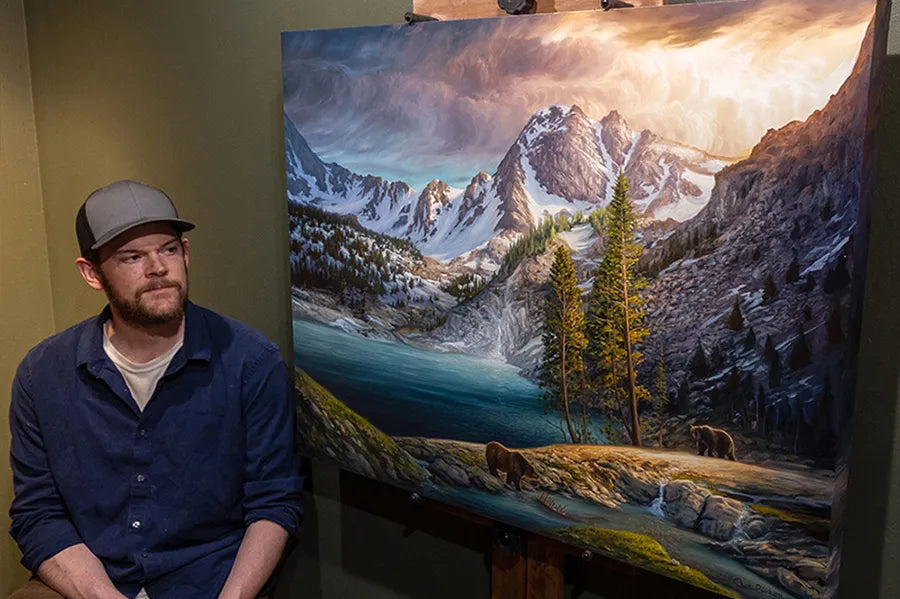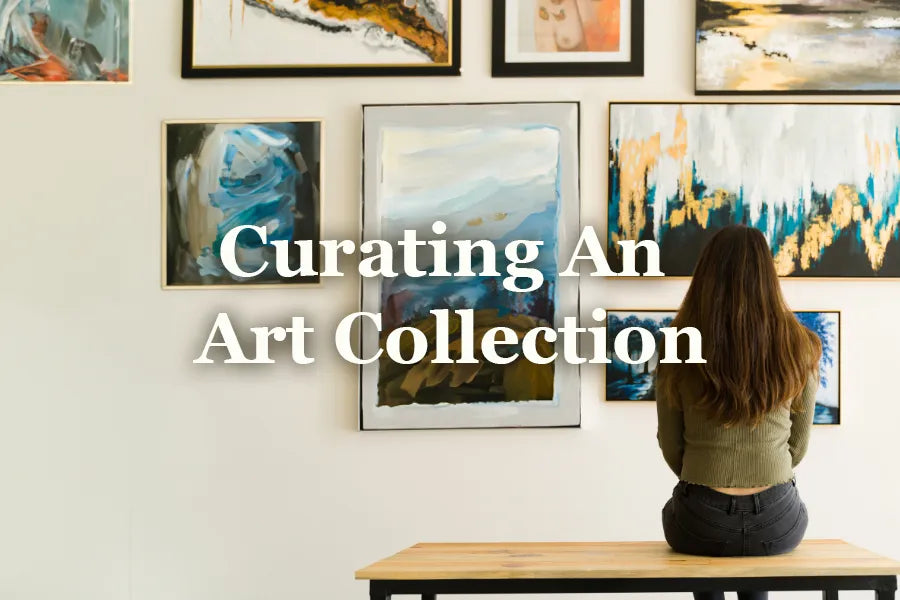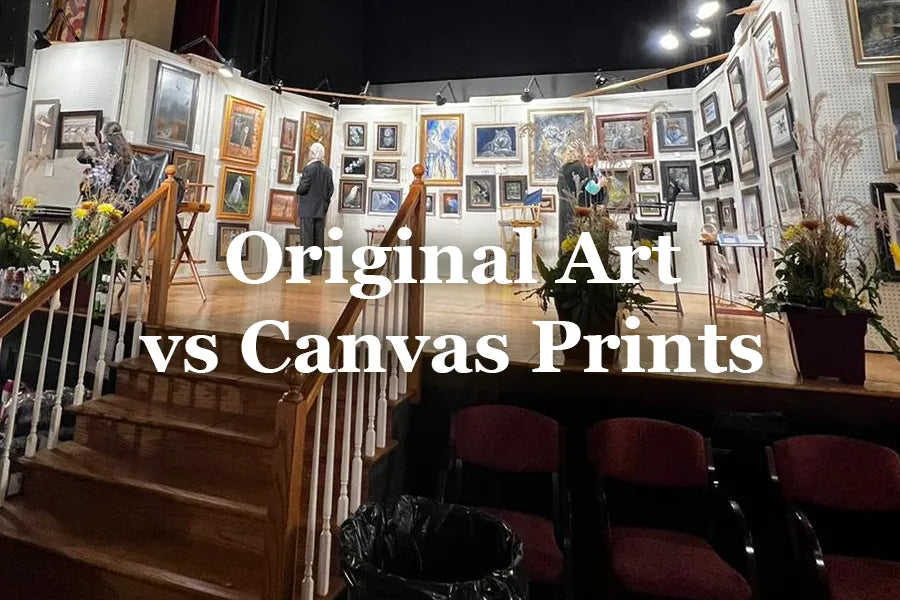Art Investment 101: A Beginner's Guide to Investing in Art
Investing in art continues to gain popularity through the years and for good reason. This guide will explain why and provide beginners with valuable insights into why art is an excellent investment choice and give practical steps to start your art investment experience.

Is Investing in Art a Good Investment?
When considering whether art is a good investment, it's important to understand its unique attributes. Art stands out in the investment world for its dual appeal: aesthetic value and the potential for financial gain. Unlike more traditional investments, such as stocks or bonds, art offers the joy of ownership along with the possibility of appreciation in value over time. Historically, high-quality art has shown resilience in maintaining or increasing its value, particularly during times of market uncertainty. This makes art a compelling choice for diversification in investment portfolios. However, like any investment, it involves certain risks and requires careful consideration and knowledge. By treating art investment as both a passion and a financial venture, investors can enjoy the best of both worlds.
Understanding the Value of Art Investment
Art’s stability as a long-term investment is one of its most attractive features. Unlike more volatile markets like stocks, art typically maintains or grows in value over time, independent of external economic events. It's also a tangible asset, providing a hedge against inflation and market volatility. The emotional value of owning art, combined with the prestige it brings, makes it more than just a financial asset.
Exploring the Art Market
The art market is vast, ranging from classical paintings to modern digital art. It's crucial to research and understand the different styles, historical periods, and artists, including their market performance and growth potential. Whether your interest lies in Banksy's street art or Monet's impressionist works, understanding what appeals to you personally is key. Check out this list of articles to learn all things art collecting.

Digital Transformation
The art world is experiencing a digital revolution, with a growing emphasis on online art sales. You may want to look into researching and purchase artwork online or even investing in "shares" of artwork. These platforms are making art more accessible and allows for new forms of investment like this fractional ownership, broadening the scope for potential investors. Check out this in depth guide to learn more about these opportunities and more.
Setting Investment Goals
Define what you hope to achieve with your art investment. Are you looking for financial returns, or are you more interested in the personal enjoyment of collecting art? Ideally, your investment should align with both your financial goals and personal tastes.

Finding Expert Guidance
Navigating the art world can be complex. Seeking advice from art professionals such as dealers, gallery owners, or art advisors is essential, especially for specific art types. These experts can provide valuable insights, access to exclusive pieces, and help in making informed investment decisions. So, get out there and network with some of these people in the field of art and see what you can learn.
Budgeting for Art Investment
Decide on a budget that aligns with your financial capabilities and investment goals. Research historical valuations of artists' works to gauge potential returns. Remember, art can be a significant investment, so it’s important to set a budget that reflects both your financial limits and investment expectations.
 " The Art Gallery of Joseph Augustinus Brentano" Oil painting by Adriaan de Lelie {{PD-US}}
" The Art Gallery of Joseph Augustinus Brentano" Oil painting by Adriaan de Lelie {{PD-US}}
Making Informed Decisions
When selecting art, consider if the piece is investment-grade, brings personal joy, and aligns with your criteria. Seek expert appraisal to understand the artwork's potential value and any additional costs like shipping or installation.
Choosing the Right Time to Invest
The best time to invest in art is when prices are low, and selling when they are high requires strategic planning. So naturally, consider investing in emerging artists for potentially higher returns, but be aware of the risks. Established or mid-career artists offer a balance of lower risk and potential growth.
 Original oil painting by Chuck Black
Original oil painting by Chuck Black
Final Thoughts
Art investing offers a unique opportunity to diversify your portfolio, combining financial potential with personal passion. By setting clear goals, doing thorough research, and seeking professional advice, you'll be well-equipped to navigate this market.
Seeking a distinctive addition to your collection?
Explore the online gallery of Chuck Black original paintings.
Browse The Collection






